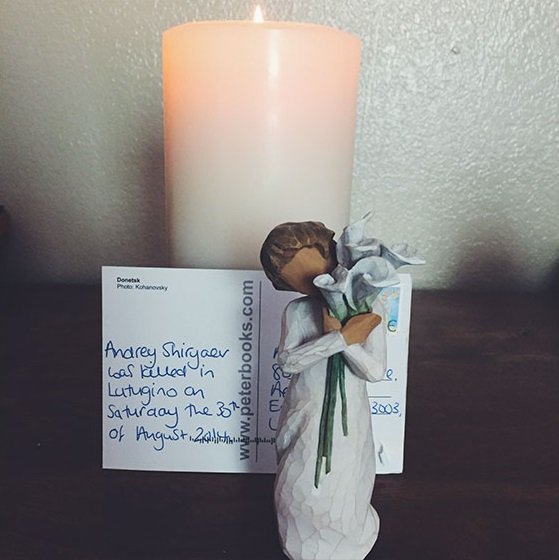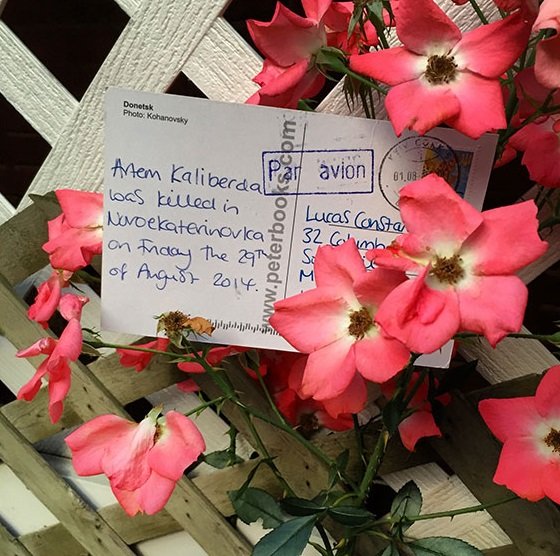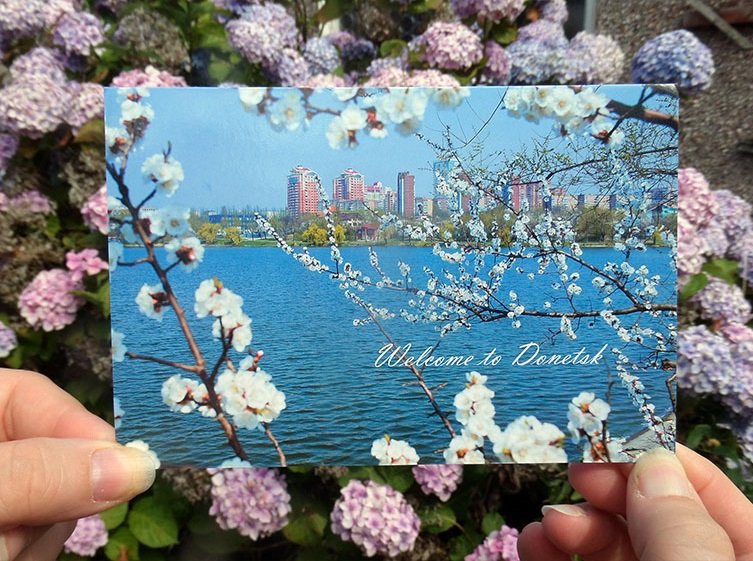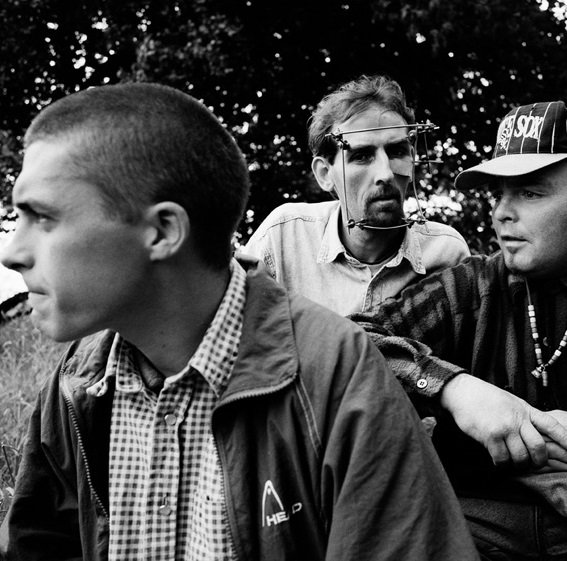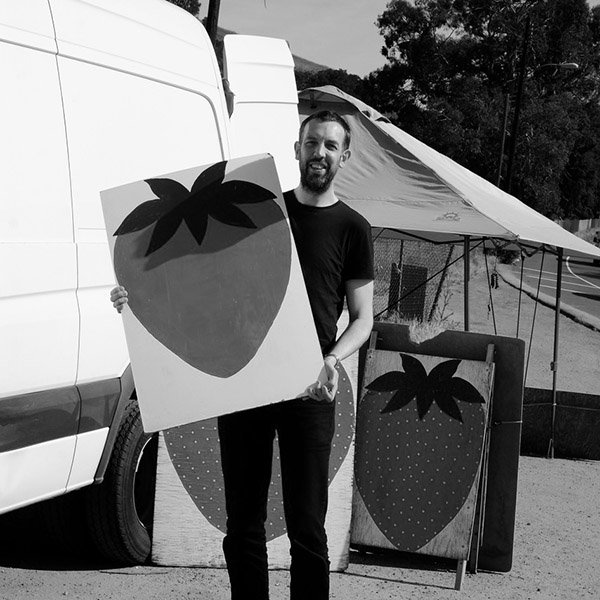Ukraine –
‘MAIDAN – Portraits from the Black Square’ by Photography feature – Anastasia Taylor-Lind is a series of portraits of anti-government protestors and mourners made in a makeshift photographic studio in Maidan Nezalezhnosti (Independence Square), Kiev during February 2014.
‘As the days passed, streams of armed fighters were replaced by tens of thousands of ordinary women, filling the square in an act of collective mourning. My makeshift portrait studio by the barricades in Hrushevskogo Street, where I had photographed men brandishing their improvised weapons, became occupied by women cradling the flowers they had come to lay at the scenes of the battle as a mark of respect for the dead’.
In November 2013, President Yanukovych’s government rejected a far-reaching accord with the European Union in favour of stronger ties with Russia. Thousands of civilians poured into central Kiev to take part in peaceful protests. Developments including new anti-protest laws, abductions and beatings of opposition activists and police attacks on student protestors led to intensified demonstrations as thousands of highly organised protestors prepared for battle, stockpiling homemade weapons and mass-producing improvised body armour.
When Taylor-Lind arrived in central Kiev on 1 February 2014, Independence Square was under siege, surrounded by police loyal to the government. Rising tensions culminated in the worst day of violence on 20 February and the following day President Yanokovych fled Ukraine. In all, three months of protests resulted in 112 confirmed dead, and many more missing.
The portraits have been uniformly shot against the black backdrop of Taylor-Lind’s improvised studio, removing them from the context of the barricades just a few feet away. The ‘fighters’ are identified by their homemade body armour, and the ‘mourners’ by the bunches of flowers they have brought to pay their respects to the dead. Captured with an air of stillness and reflection, these photographs show the individuals involved in, and impacted by, the unrest.

